Humans news stories
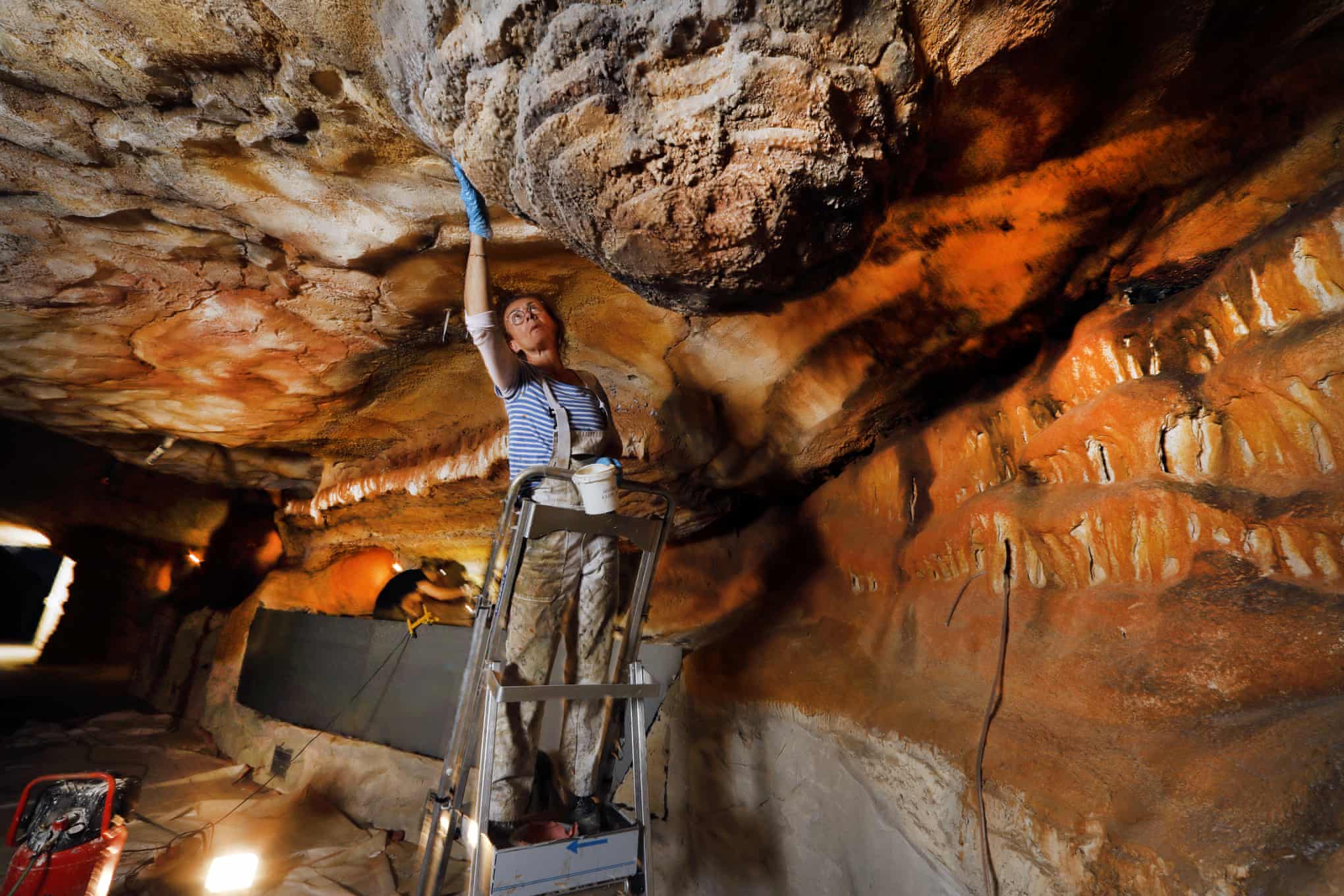
The Cosquer cave near Marseille astonished the diver who discovered it with its ancient depictions of sea and land animals. Now it has been painstakingly recreated in the French port for all to enjoy
An innovative new perspective on mineralogy, findings rank amongst the field’s most important in the last century.
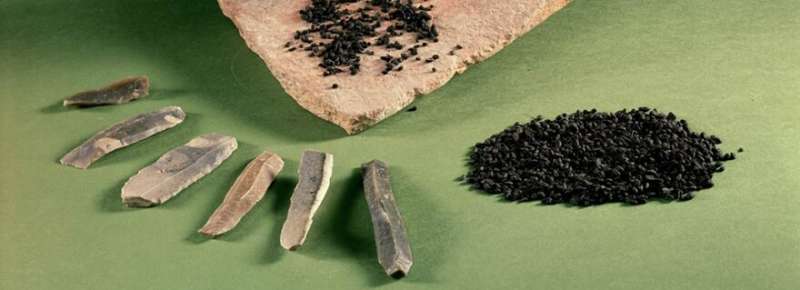
New archaeological research into grave goods and skeletal material from the oldest grave field in the Netherlands shows that male-female roles 7,000 years ago were less traditional than was thought.
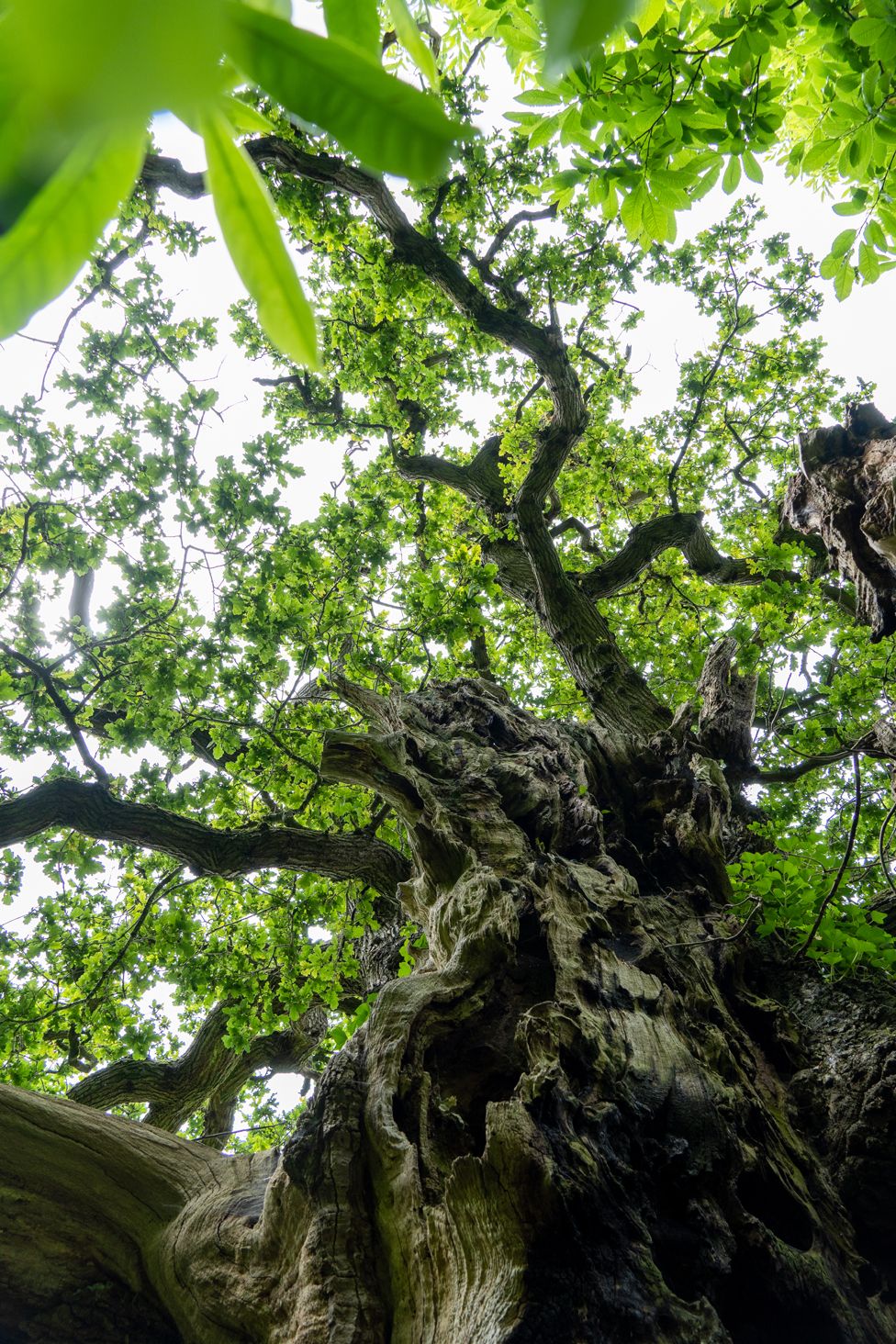
A new map shows there could be around two million trees with exceptional environmental and cultural value previously unrecorded in England. That’s ten times as many as currently on official records. This tree-map is sounding a rare note of optimism in the conservation world.
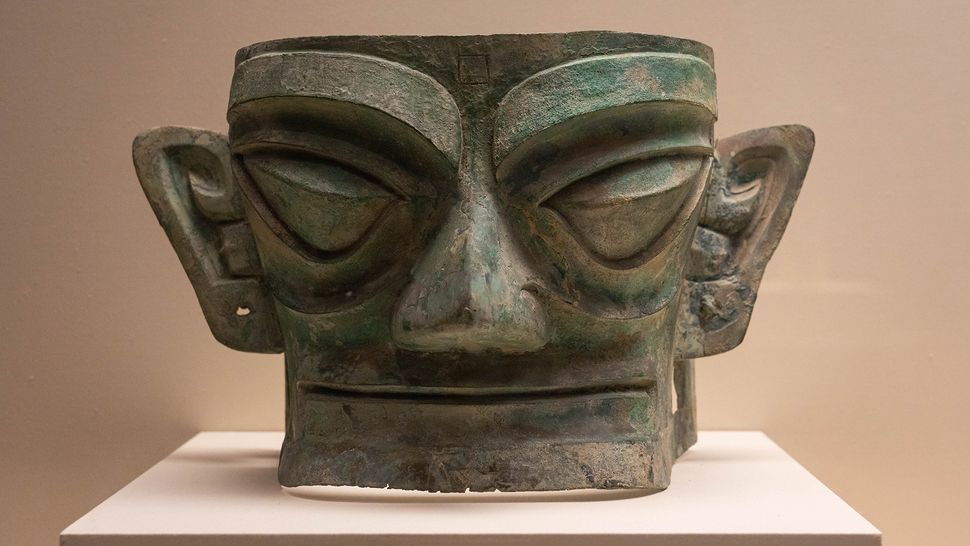
A bronze sculpture of a snake with a human head, along with a large number of other artifacts including finds made of bronze, jade and gold, have been discovered in a series of pits at the archaeological site Sanxingdui in Sichuan, China.
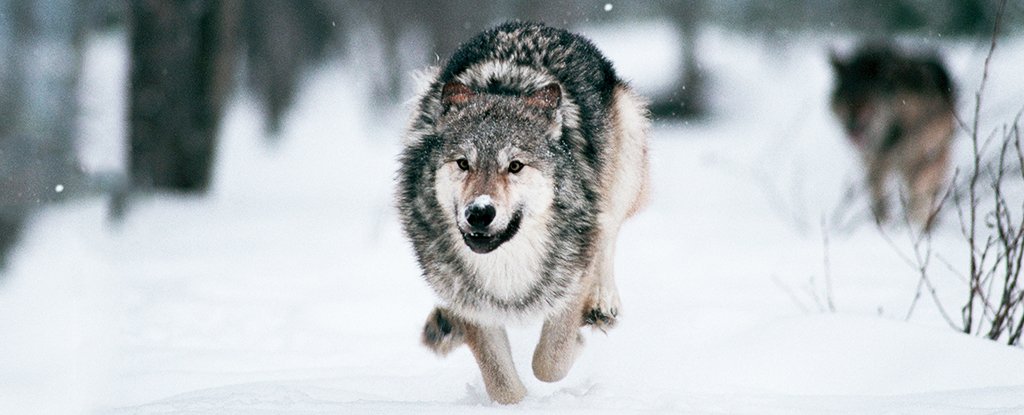
Ancient DNA, including that of wolves preserved in permafrost for tens of thousands of years, is shedding some light on how wild wolves became some of our best non-human friends.
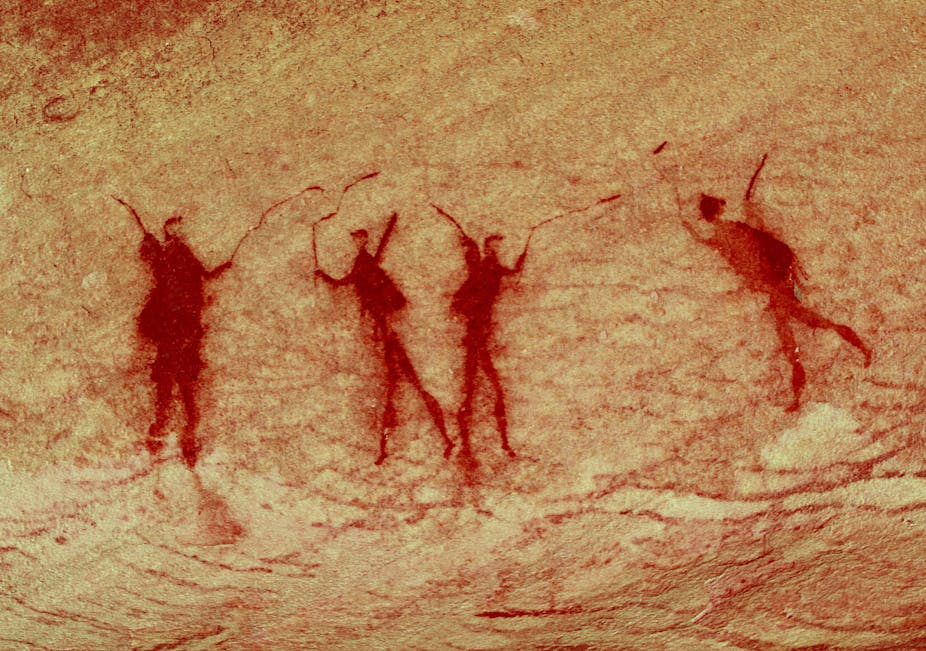
Archaeologists spend a lot of time examining the remains of distant pasts, which includes the study of rock paintings. This is largely visual work – but sometimes we can “hear” the ancient past using acoustic methods.

A new wave of scientists argues that mainstream evolutionary theory needs an urgent overhaul. Their opponents have dismissed them as misguided careerists – and the conflict may determine the future of biology.
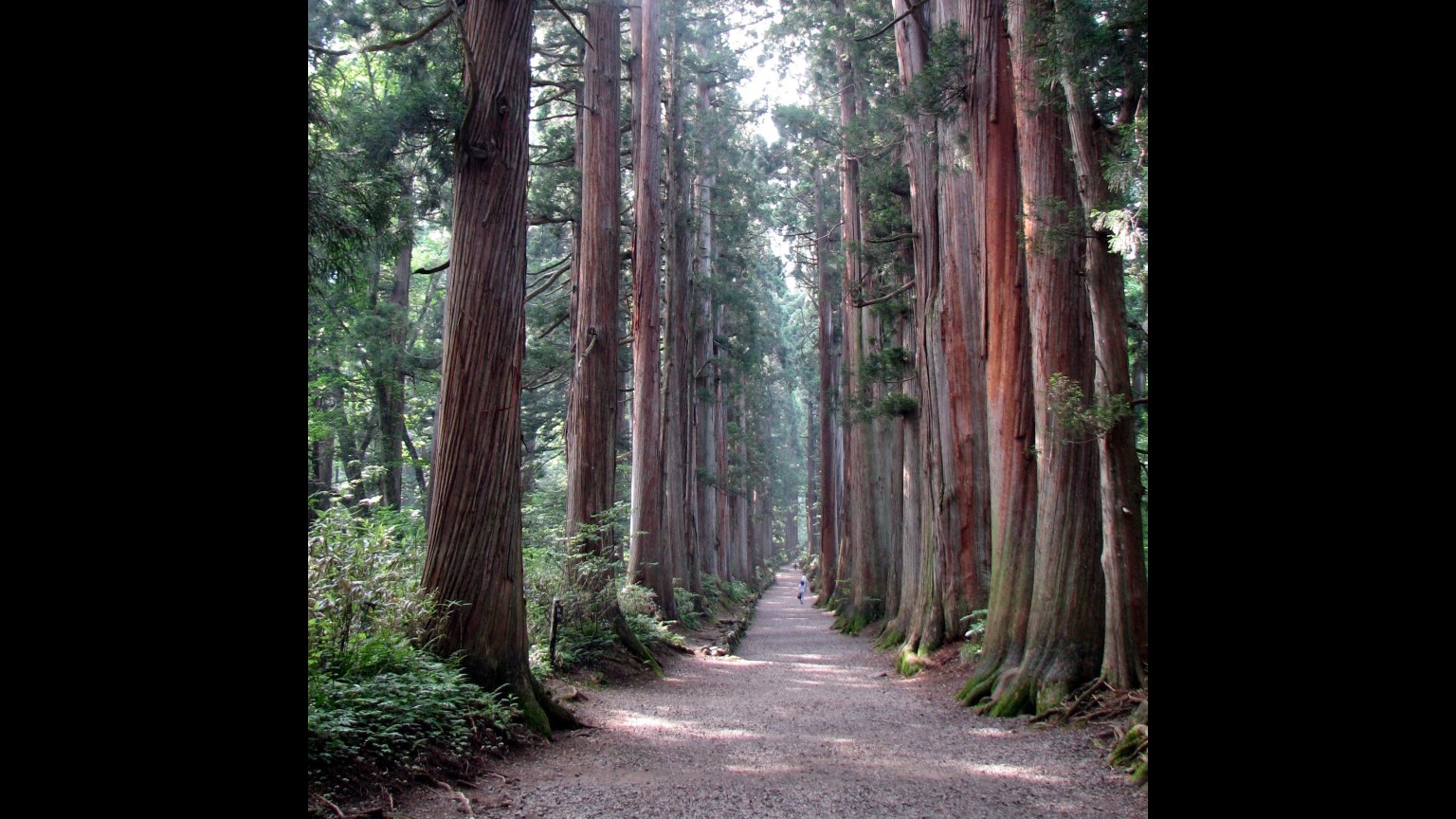
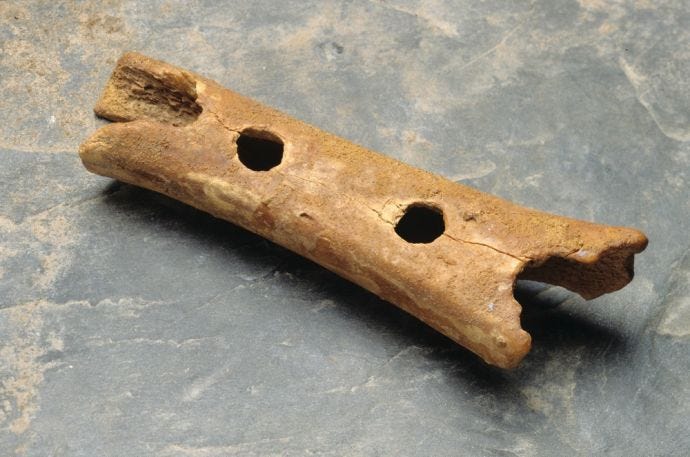
A fifty-thousand-year-old bone flute changes perceptions of an ancestor and explains why music is a powerful force.
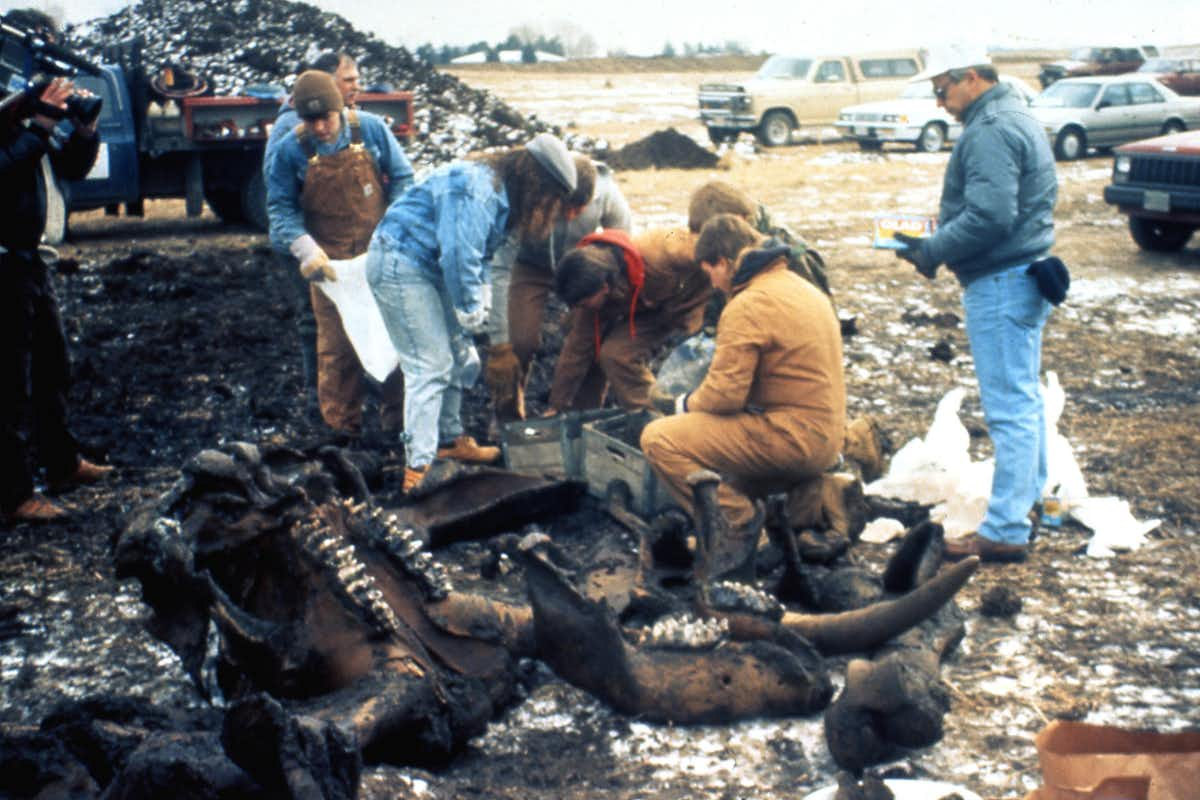
We know that the Earth has had at least five major ice ages. The first one happened about 2 billion years ago and lasted about 300 million years. The most recent one started about 2.6 million years ago, and in fact, we are still technically in it.
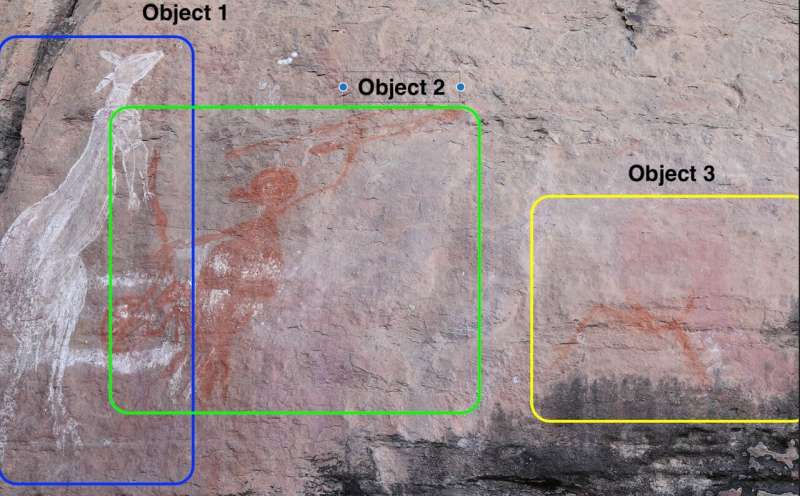
Researchers have developed a way to detect the presence of rock art in remote, hard-to-reach areas in Australia’s rugged landscapes using Machine Learning (ML) methods.
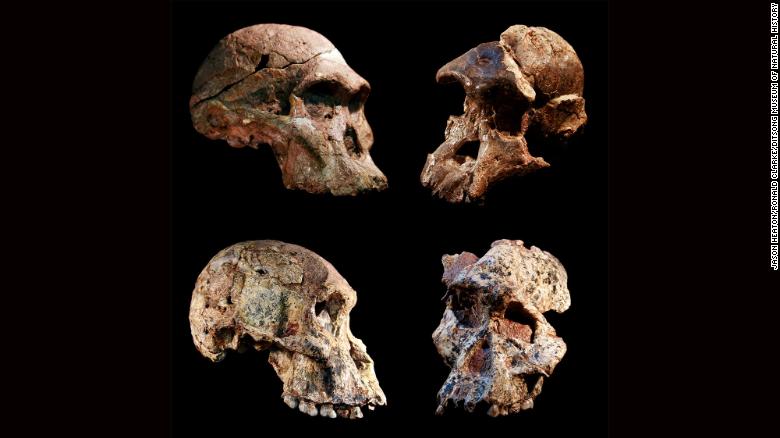
Fossils of early human ancestors from a South African cave are 3.4 million to 3.6 million years old — making them a million years older than previously suspected and shaking up the way researchers understand human origins and evolution.
A new study has identified an important molecular analogy that could explain the remarkable intelligence of these invertebrates

Hidden passageways used by ancient Andean culture opened for the first time in 3,000 years.

It was a young miner, digging through the northern Canadian permafrost in the seemingly aptly named Eureka Creek, who sounded the alarm when his front-end loader struck something unexpected in the Klondike gold fields








